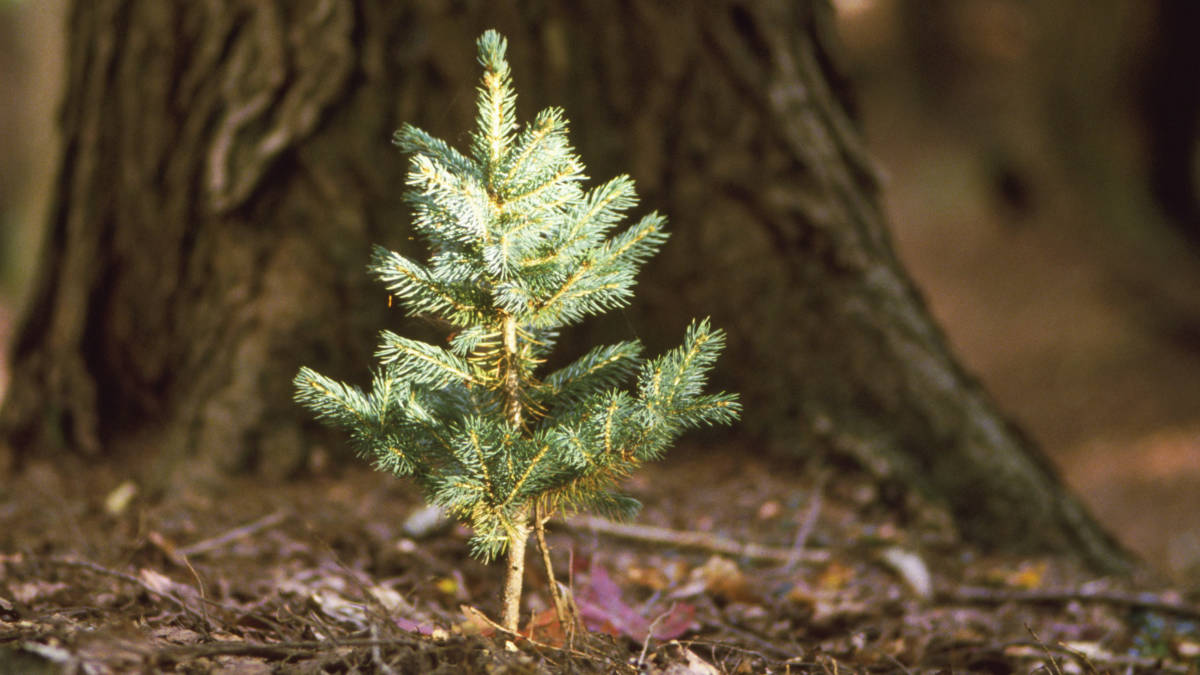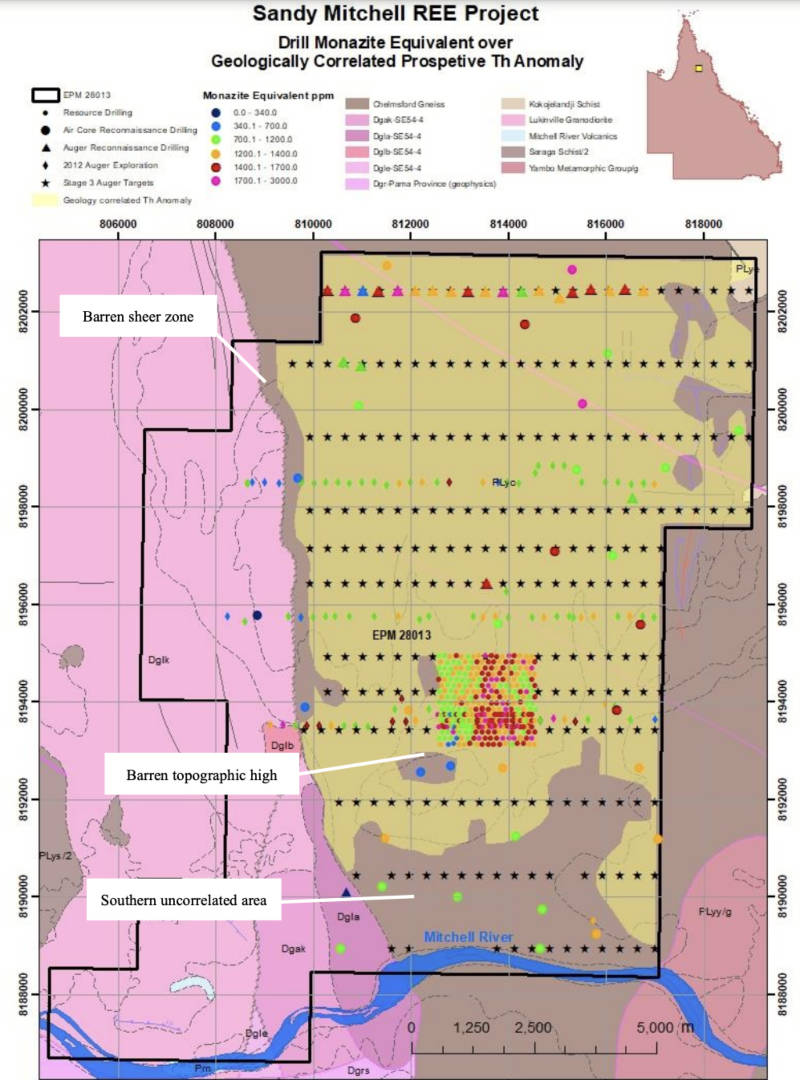Ark Mines’ ‘unique’ Sandy Mitchell REE resource set to grow

Aircore and auger work has confirmed mineralisation over a “vastly more significant target area” at Ark Mines’ Sandy Mitchell project. Pic: Getty Images
- Ark Mines exploration extends unique placer-style rare earths (REE) mineralisation at Sandy Mitchell past existing resource area
- Aircore drilling indicates average thickness of ~11m with monazite equivalent grade of ~1,308ppm
- New area has average REE content of about 404ppm TREO with MREO’s averaging 85ppm
- Stage 3 auger sampling grid to be extended over total thorium correlated exploration area
Special Report: Reconnaissance exploration has indicated the existing resource at Ark Mines’ unique placer-style Sandy Mitchell rare earths deposit in northern Queensland might well be the tip of the iceberg.
Unlike its hard rock or clay-hosted peers, Sandy Mitchell’s rare earths (and heavy minerals) mineralisation is hosted in fine sands known as terrestrial placer deposits, a shallow style of mineralisation where grains of a valuable mineral like gold or rare earths are mixed with sand deposited by ancient rivers or glaciers.
What makes this style of mineralisation special is that they tend to require simpler processing methods because they are easy to handle and don’t require large amounts of energy or clean water to liberate the minerals of value from the mullock (worthless rock).
This has been supported by analysis carried out by Met-Chem Consulting on Ark Mines’ (ASX:AHK) behalf.
The analysis found that Sandy Mitchell would likely be able to produce a rare earth concentrate with simple, low-cost beneficiation processes like gravity, which are far cheaper to construct than the whole-ore flotation methods required for hard rock deposits.
Beneficiation test work has proven this by producing concentrates with grades of up to 51.9% total rare earth oxide (TREO), which are expected to be suited for refining by standard sulphuric acid baking refiners.
That Sandy Mitchell already possess the ASX’s first surface-expressed placer REE resource of 21.7Mt grading 1419ppm monazite equivalent (at the higher confidence indicated level no less after skipping past defining an inferred resource first) is just another tick in the box.
Valuable magnet REEs – neodymium, praseodymium, dysprosium and terbium – make up 24% of the total rare earth oxide (TREO) basket, which is an excellent indicator of its future economic potential.
Signpost to growth
With the current resource occupying just 1.2% of the available anomaly area at Sandy Mitchell, it shouldn’t come as a surprise that reconnaissance aircore and auger drilling has indicated that a 91km2 area where the thorium anomaly correlates with geology has been outlined as prime area for REE and heavy mineral sands exploration.
The aircore drilling indicated an average mineral sand thickness of ~11m over the correlated area from surface to the bedrock contact while monazite equivalent grades were found to be about 1,308ppm.
Average REE content is about 404ppm TREO with MREO’s averaging 85ppm.
AHK said the grades and thicknesses compare well with those shown in the existing resource.
Further indications that there’s more mineralisation to be found came from exploration over a further 15km2 at the second priority exploration area, which was shown to host grades of more than the 700ppm monazite equivalent grade.

“Following the recent delivery of Ark’s 21.6Mt maiden mineral resource estimate – which showed consistency in grade from surface to bedrock for a basket of high value heavy minerals – these outstanding comparable reconnaissance exploration results really put legs under the Sandy Mitchell REE Project,” executive director Ben Emery said.
“Importantly, the figures are indicative of mineralisation grades and depths that are consistent with drill results to-date across a vastly more significant target area, further underscoring the project’s long-term development potential.
“It’s great that our geology team had the foresight to implement this reconnaissance work while completing the resource drilling. It really puts weight behind our long-term planning and feasibility works, ahead of a planned Exploration Target and Stage 2 MRE which are scheduled for completion later this year.”
Further work
AHK plans to continue extending the Stage 3 auger sampling grid over the course of the 2024 dry season to cover the total correlated exploration area.
This will be followed by sampling of the southern uncorrelated area.
This article was developed in collaboration with Ark Mines, a Stockhead advertiser at the time of publishing.
This article does not constitute financial product advice. You should consider obtaining independent advice before making any financial decisions.
Related Topics

UNLOCK INSIGHTS
Discover the untold stories of emerging ASX stocks.
Daily news and expert analysis, it's free to subscribe.
By proceeding, you confirm you understand that we handle personal information in accordance with our Privacy Policy.








